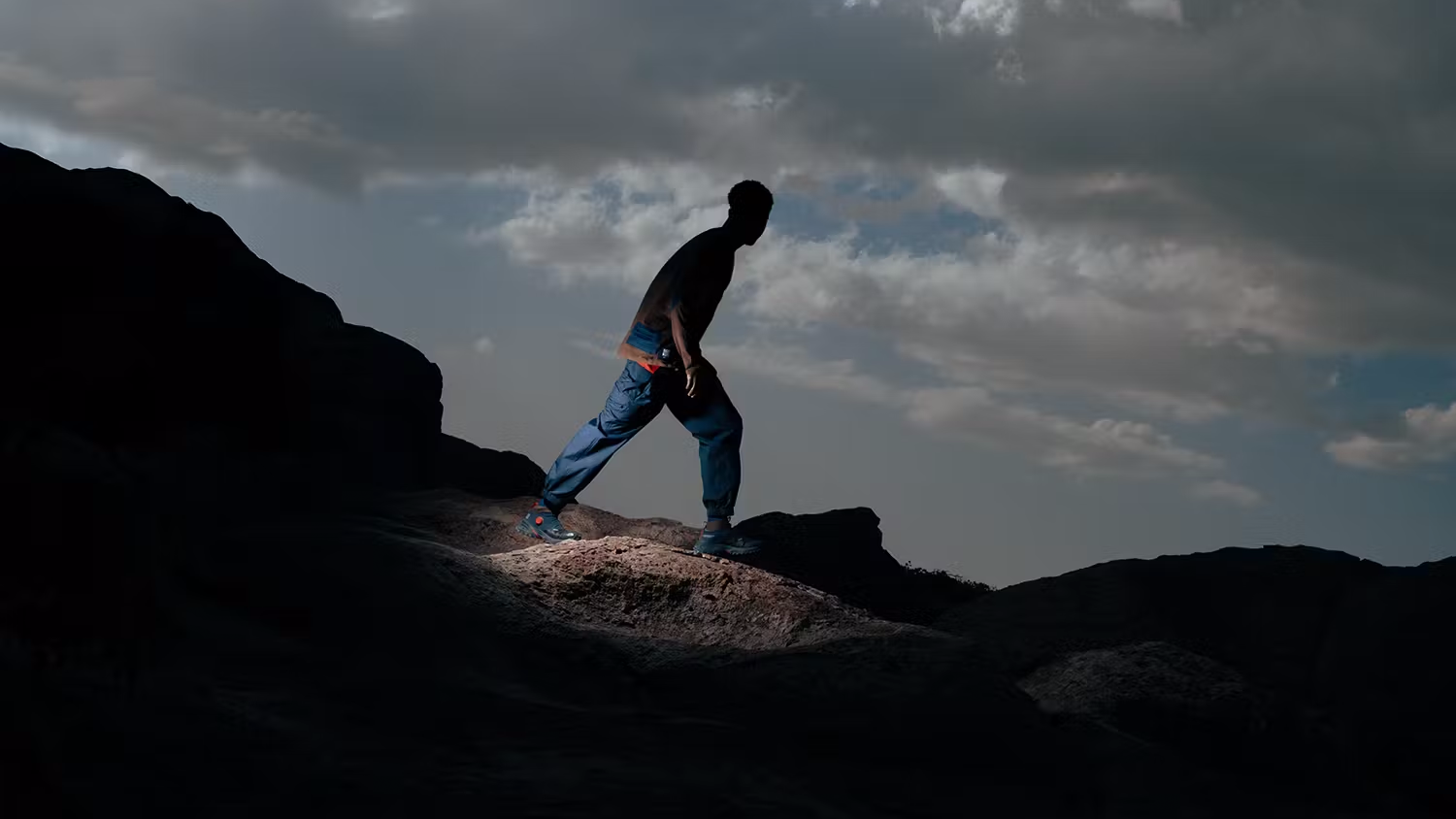Can you ride e-bikes in National Parks? Everything you need to know
E-bikes make it easier for people of all abilities to explore the natural world, but there are some restrictions
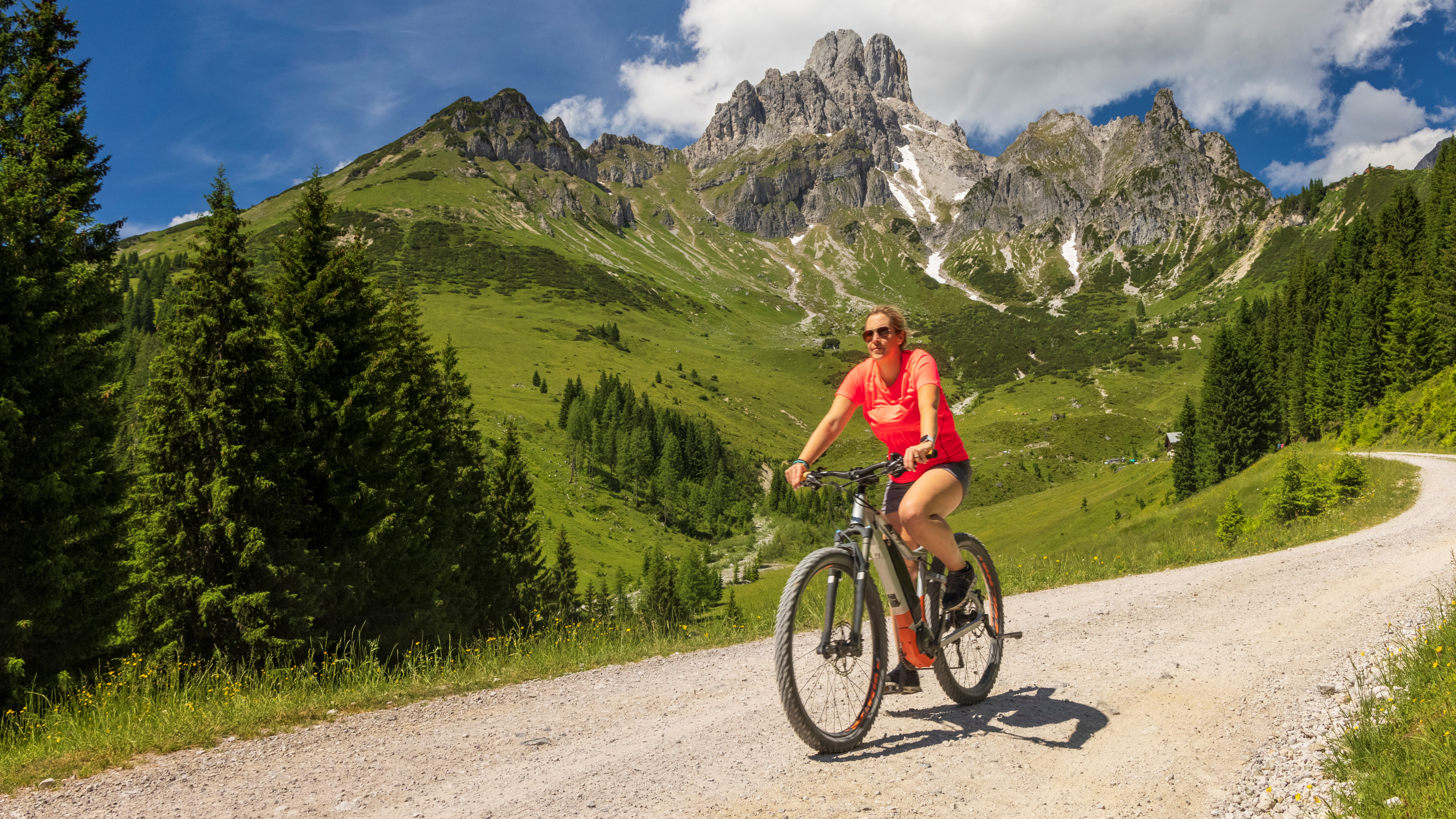
E-bikes can be a great way to enjoy the great outdoors. They open up cycling to people who might otherwise not have enjoyed it, and allow people to cycle further, faster than they would on a regular unpowered bicycle.
They also make it easier to carry loads, making them a good option for bikepacking or towing kids on a trailer or tagalong, and if you want to go on a trip with a mixed ability group, e-bikes will let the less experienced or confident riders keep pace with the rest.
However, e-bikes aren't welcome everywhere, and there are strict rules about their use in US National Parks. It can be confusing, so we're here to guide you through all the essentials and help you have fun on two wheels.
The basics
The short answer is yes, you can ride e-bikes in US National Parks. The National Park Service (NPS) has recognized the importance of e-bikes for helping people enjoy the natural world, and in 2020 it set out an official policy on the subject. You can check out the final regulation on the Federal Register, but here are the most important points you should know.
Generally speaking, you can ride e-bikes anywhere regular bicycles are permitted, provided you use them in the same way. They are not permitted in wilderness areas, so stay out of the backcountry.
If you don't have your own e-bike, you can often find hire companies with reasonable prices nearby. You can also book guided e-bike tours of many National Parks if you don't want to head out by yourself.
Park superintendents can set their own rules, which may include limiting or restricting the use of e-bikes. That might be for safety reasons, or to avoid damaging delicate habitats.
Advnture Newsletter
All the latest inspiration, tips and guides to help you plan your next Advnture!
Before you go, visit the website of the park you're visiting to check its rules on e-bikes. If you're not entirely sure where you can ride an e-bike at a National Park, ask at the visitor center or a ranger station.
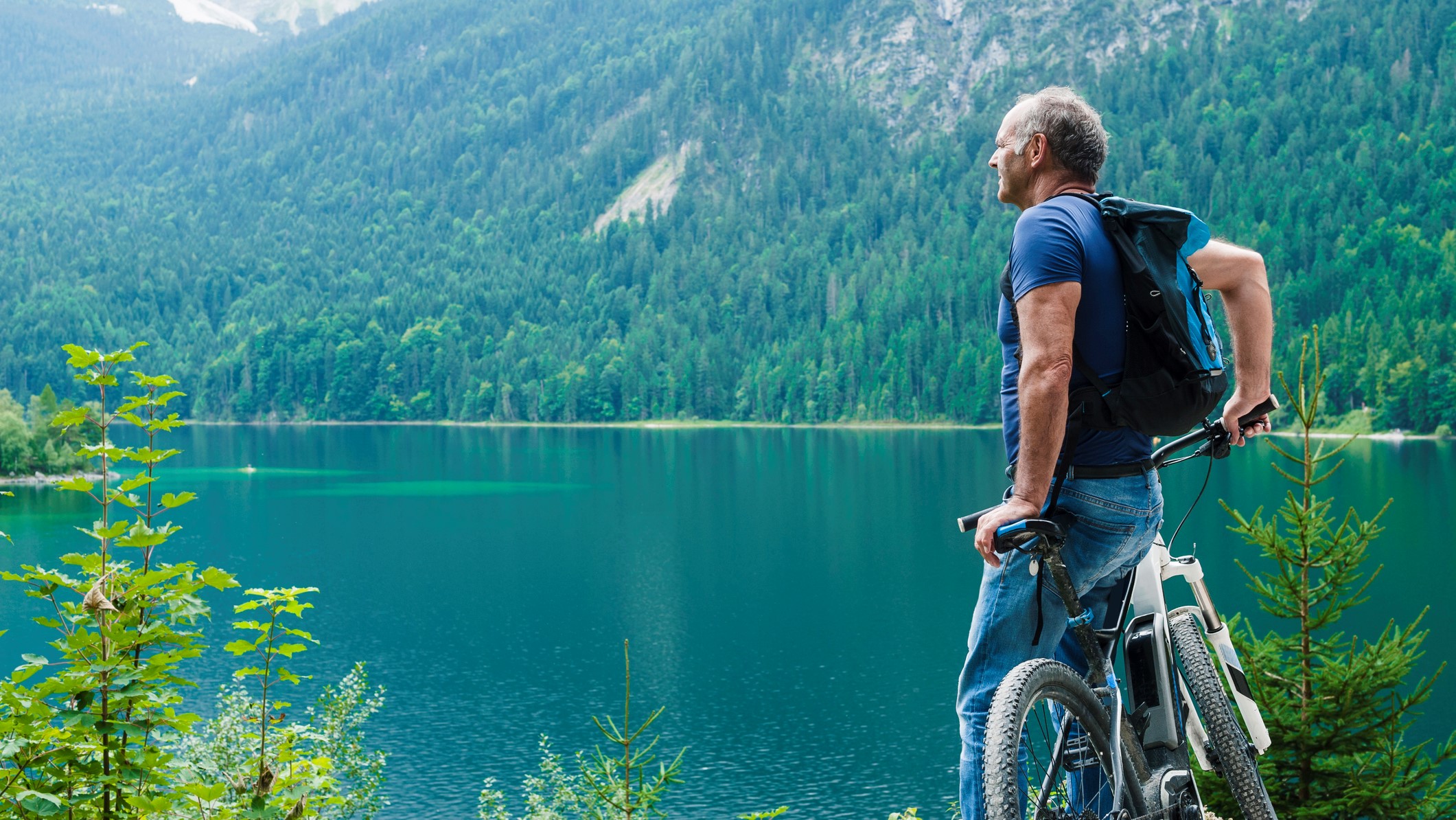
E-bike classes
E-bikes come in different classes, depending on their maximum speed and whether or not you need to turn the pedals to engage the motor.
In the US, states and National Parks make their own laws, so make sure you check the rules at the park you're planning to visit. Some National Parks will allow certain e-bike classes, but not others.
Class one e-bikes have a motor that only engages while you are turning the pedals. and have no throttle. They have a maximum battery-assisted speed of 20mph (you might go faster under your own steam, but the motor will cut out).
Class two e-bikes also have a top speed of 20mph with the motor engaged, but can be controlled using a throttle. Generally speaking, you're not allowed to ride these e-bikes using only the throttle in National Parks unless you're on a road where motor vehicles are permitted.
Class three e-bikes have a maximum speed of 28mph, but you must be turning the pedals to engage the motor. They do not have a throttle.
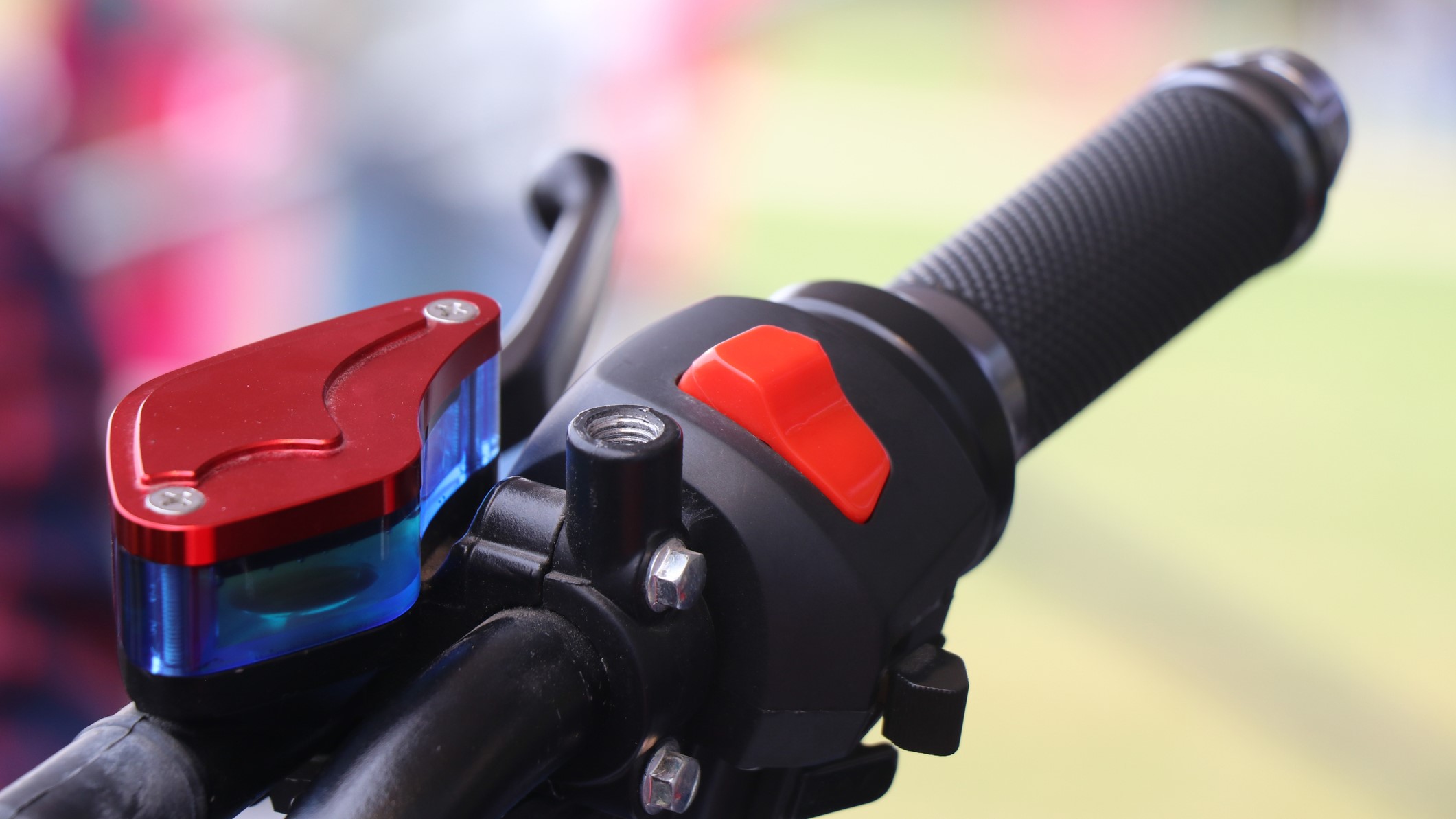
All e-bikes are limited to one horsepower (750W). If you want to ride something more powerful, you'll need to do it on privately-owned land, with permission of the landowner.
Tampering with e-bikes to remove or bypass limiters is dangerous, will invalidate your bike's warranty, and risks spoiling everyone's fun by changing perception of the bikes and their riders.
Do you need a helmet?
Local and state law determines whether you need to wear a helmet when heading out on your e-bike. The rules vary depending on the age of the rider, and the e-bike class. Helmets.org has a complete list of the current rules in each state.
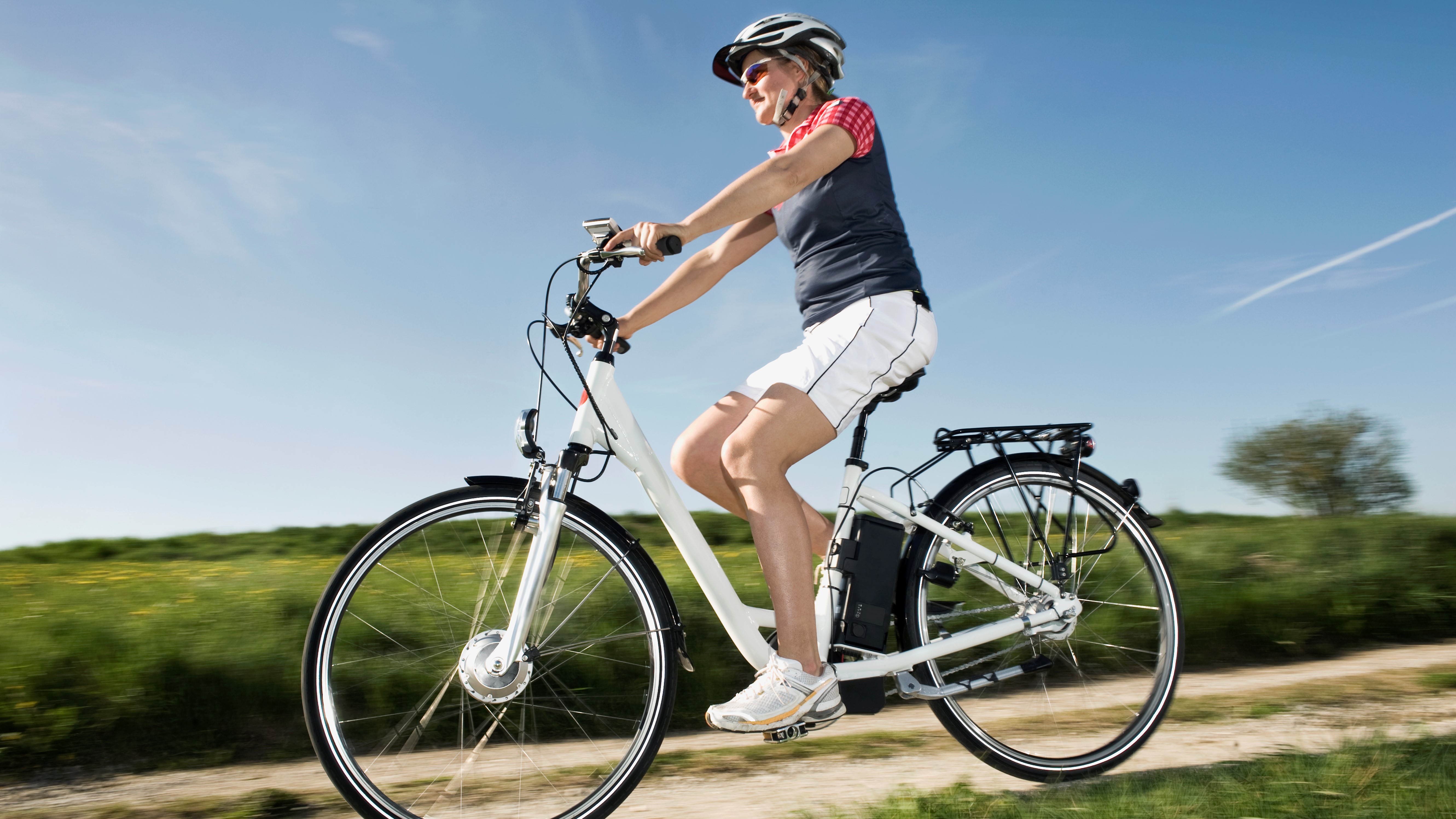
General safety tips
When you're riding an e-bike there are a few extra things to take into consideration, particularly if you've rented it and haven't ridden one before.
First of all, bear in mind that electric bikes are much, much heavier than their unpowered counterparts, so take particular care when mounting and dismounting. The extra weight means you may also find you accelerate more rapidly on downhills.
Make sure you have appropriate safety equipment, including reflective details for all times of day, and lights if lighting conditions are poor.
Pay close attention to other road and cycle path users, and be prepared to stop, particularly around animals and children.
Obey all rules of the road and trails.
Be aware of your bike's range and plan your trip accordingly. You don't want to run out of juice partway through and have to pedal (or push) a 30kg bike uphill to get back to base.
Check out the National Park Service's website for more details and advice.

Cat is Homes Editor at TechRadar and former editor of Advnture. She's been a journalist for 15 years, and cut her teeth on magazines before moving online. She helps readers choose the right tech for their home, get the best deals, and do more with their new devices.
